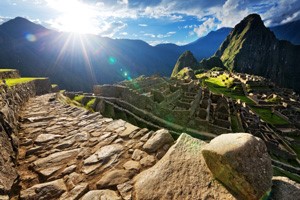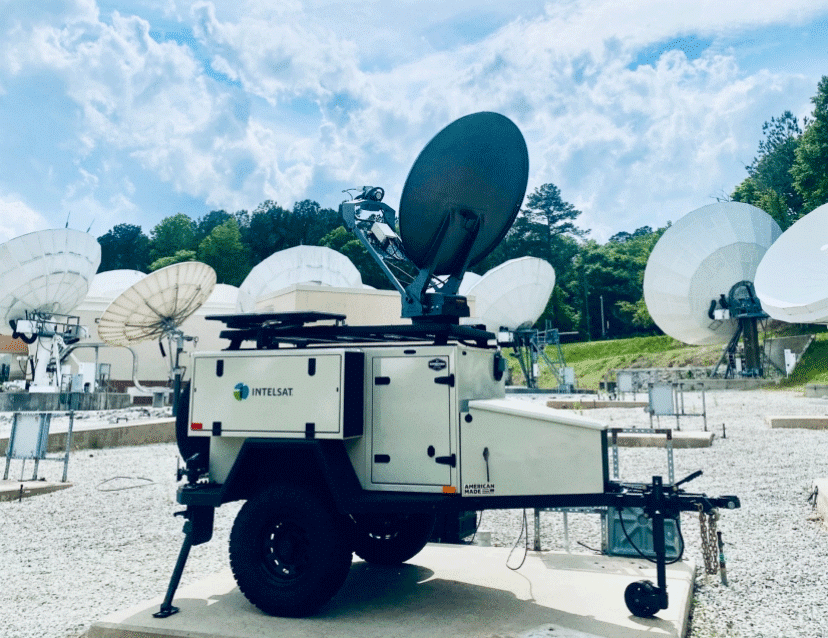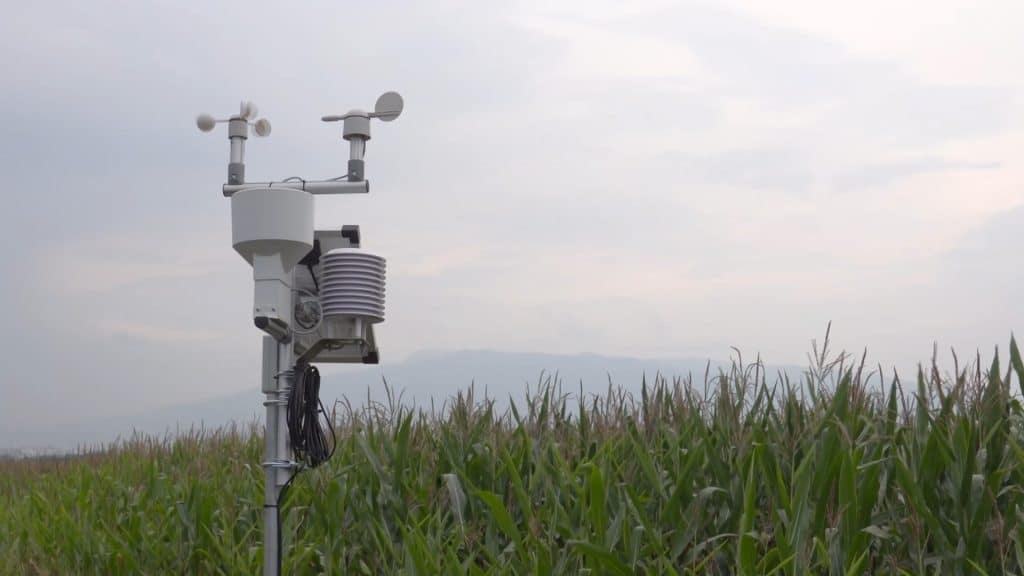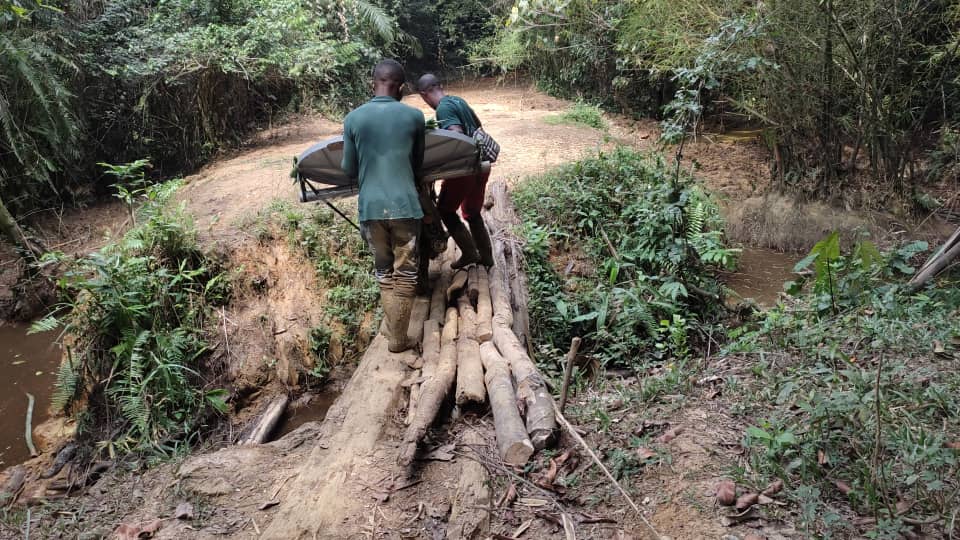No Passport Required: Leading Japanese Broadcaster Partners with Intelsat to Bring Viewers to Machu Picchu via BS4K
Bill O’Hara, General Manager, Media
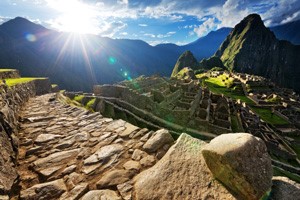
Recent advances in broadcast technology, however, can bring millions of viewers to remote locations such as Machu Picchu from anywhere around the world–without ever leaving home.
Leading that charge is one of Japan’s leading broadcasters, which launched BS4K and BS8K channels in December 2018. The two channels provide 4K and 8K Ultra High Definition (UHD) service featuring major cultural and sporting events, museums and natural landscapes, providing viewers with an immersive experience. The ultra-high definition 4K and 8K video services, provide double and quadruple the resolution as compared to standard high definition services, enabling viewers to feel as if they are on their own journey at Machu Picchu itself.
Broadcasting live and in UHD from any of the world’s new wonders is no easy feat and can be technically challenging, but the broadcaster and Intelsat have proven together that it can be done.
Building on a December 2018 success in broadcasting the world’s first live 4K UHD transmission from Port Charcot, Antarctica, Intelsat and the broadcaster teamed up again for an equally challenging live 4K broadcast from Machu Picchu. The terrain at Machu Picchu can be difficult to navigate, but the team rose to the challenge, simplifying a complex task while ensuring a seamless broadcast.
The first challenge was the journey to the site. Cusco, the entry city to the trek to Machu Picchu, is located at an elevation of 11,152 feet (3,399m) above sea level and Huayna Picchu, the peak that looms over the archeological site, rises to a height of 8,920 feet (2,720 meters) above sea level.
While many members of the team speak multiple languages, Jose Ayala, a member of the Transvision team spoke Quechua, the language of the Incas which is still spoken in Machu Picchu. This helped galvanize many locals from the area to assist in our efforts. Once the equipment was unloaded from the transport vehicles, we quickly began antenna and power construction in preparation for the live broadcast.
The live UHD images from Machu Picchu were transmitted to the broadcaster via Intelsat 21, the premier video neighborhood for Latin America, and the IntelsatOne terrestrial network, leveraging advanced compression and modulation technologies. The 4K video was uplinked to Intelsat 21 and downlinked into two of Intelsat’s teleports in North America for geographic diversity. The signal was then transported to Intelsat’s point of presence in New York and then to broadcaster’s studios in Tokyo via dual diverse paths on the IntelsatOne terrestrial network.
Simultaneously, the broadcaster’s Tokyo site sent back a confidence return signal to the production team in Machu Picchu over IntelsatOne and Intelsat 21 to monitor the video being transmitted to the studio in real time. The network design, with built-in redundancy and resiliency, and flawless execution by the joint teams ensured the quality and peace of mind demanded by a sophisticated Tier 1 broadcaster for such ground-breaking live 4K content.
Due to the seamless nature and exceptional performance of Intelsat’s global network, the Japanese broadcaster’s viewers enjoyed exploring the ancient city’s stone walkways, temples and majestic views, completely unaware of the complexity involved in a live transmission of this nature. For the viewer, it simply meant that they were able to enjoy an immersive visit to the City in the Sky, bask in the breathtaking beauty of the Andes—all from the comfort of their living room or the device of their choice. No passport required, thanks to easy access to the broadcaster’s BS4K channel, Intelsat 21 and the IntelsatOne terrestrial network.
Where will our travels take us next?






